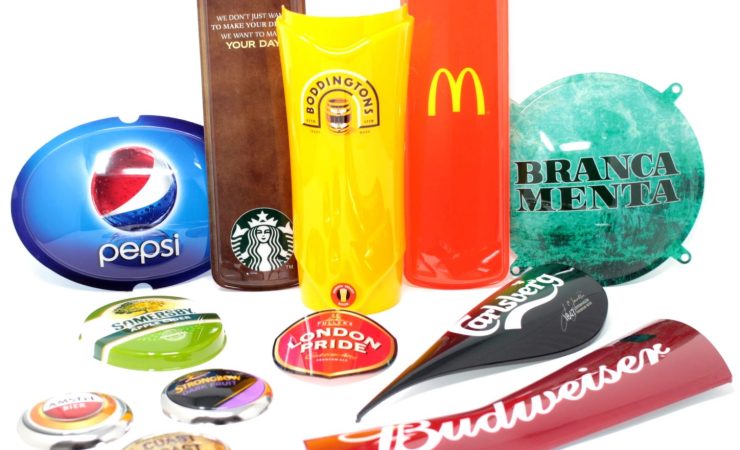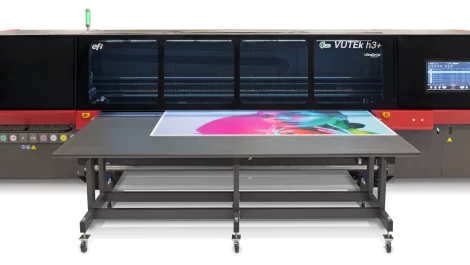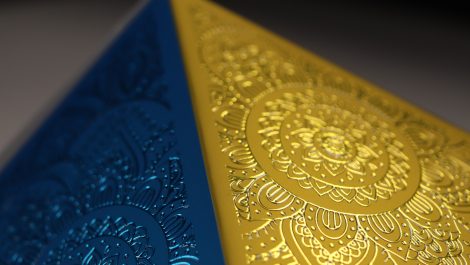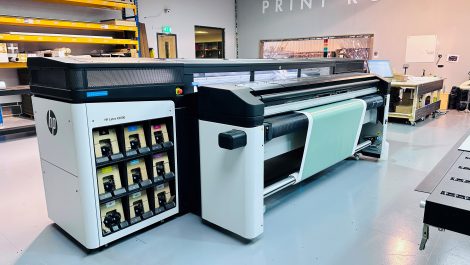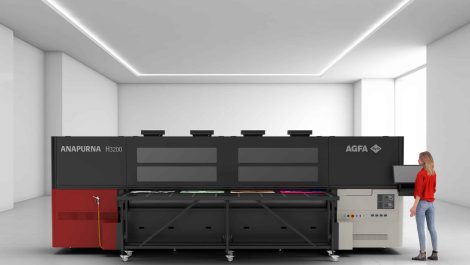Printed components manufacturer Rudd Macnamara has invested in an HP Latex R1000 hybrid printer to support its varied business in producing printed components for a range of industries, expecting the printer to be come the ‘backbone’ of the business, thanks in part to its ability to print white onto a range of substrates.
The 130-year old Birmingham business began by engraving name plates but nowadays produces a wide range of printed products, including badges, nameplates and serial plates. With a requirement to print high-value jobs at high quality on a range of rigid media such as plastic foamboard, PVC foam, metal, wood, glass, ceramic and cardboard, Rudd Macnamara wanted to find one printer that could handle all its clients’ needs.
Managing director Chris Dickinson said the HP printer’s ability to print on such a wide range of materials was key to the investment, also highlighting its white ink capabilities as a significant factor.
‘The flexibility to print on all mediums was a plus but the biggest selling point was the white print. We print onto a number of substrates but mainly metal, foamboard and PETG. The material would usually determine which printing process we would use, but the new HP can do it all. Before moving repeat products across, we go through a colour matching and detail sign off, and so far, all has been well.
‘New work is predominantly all quoted and put through the HP printer. This work varies from pump clips for the brewing industry through to metal signs that go on to be embossed for a variety of businesses.’
Another application for the HP printer is in thermoforming, a significant part of the company’s business. This previously involved printing and laminating with significant drying times required. The Latex printer removes the need for both laminating and drying, saving on time and labour.
‘We produce a range of vacuum-formed backlit products and the background colours, particularly the whites, had to be screen printed after the initial digital printing,’ Mr Dickinson said. ‘The new HP printer brings this process into one, increasing our production print and drying times considerably.’
It is also expected that the printer will play a key role in helping the business achieve its short- and long-term growth goals, targeting new markets such as point-of-sale, bespoke packaging and display and design within the travel industry.
